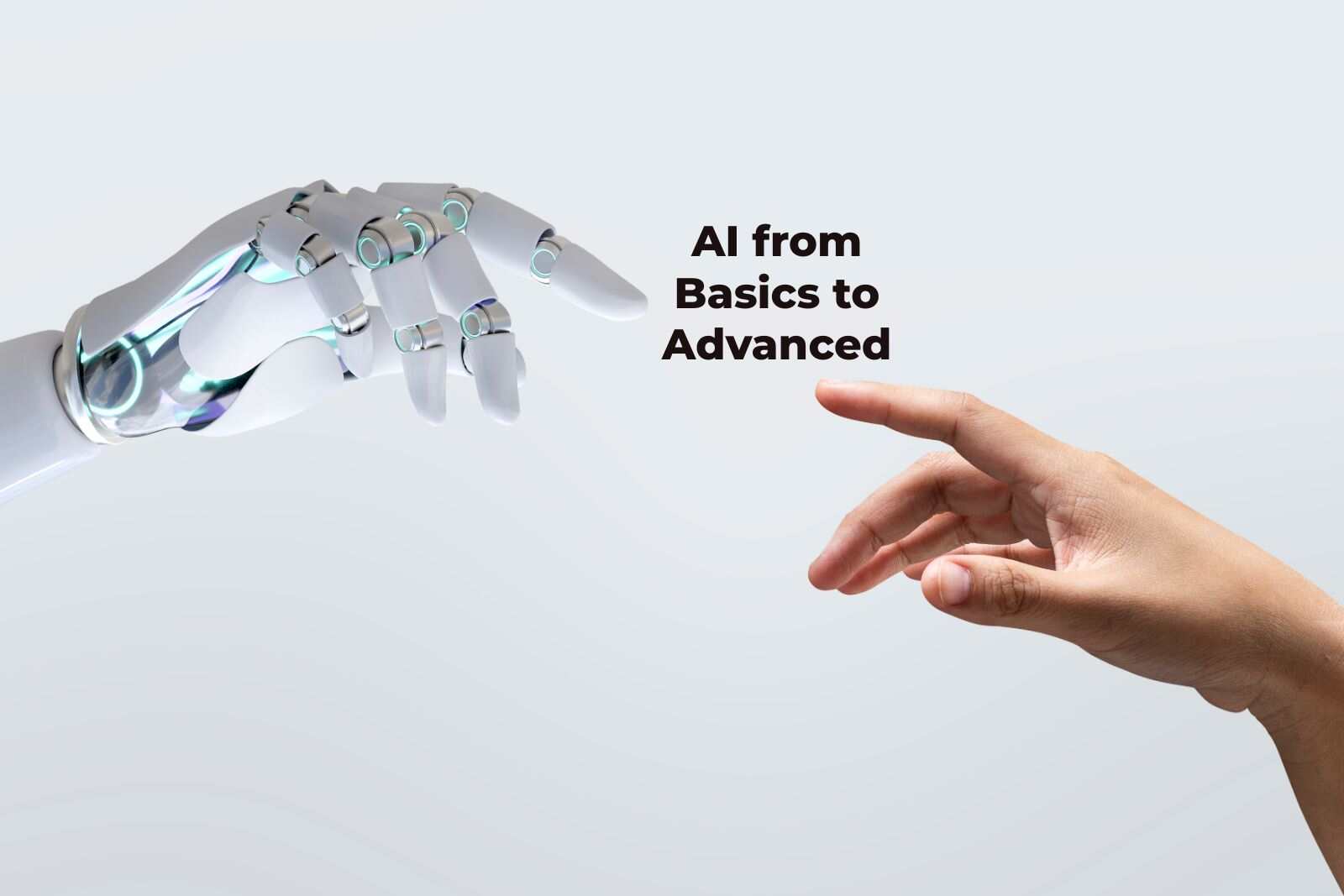Artificial Intelligence (AI) is an incredibly vast field, spanning a range of topics from fundamental principles to advanced techniques. This guide aims to provide an overview of 70+ key areas essential to mastering AI, organized into categories. This structured approach will help you identify the core concepts and advanced techniques needed to become proficient in AI.
1. Machine Learning Basics
Machine learning forms the foundation of AI. Beginners should start here:
- Generative Adversarial Networks (GANs)
- Convolutional Neural Networks (CNNs)
- Recurrent Neural Networks (RNNs)
- Transfer Learning
- Bayesian Networks
- Decision Trees
2. Neural Networks
Understanding different neural network architectures is crucial:
- Random Forests
- Gradient Boosting Machines
- Support Vector Machines (SVM)
- Dimensionality Reduction
- Clustering Algorithms
- Sequence Models
3. Deep Learning
Dive deeper into more complex neural architectures and their applications:
- Autoencoders
- Deep Learning Basics
- Markov Decision Processes
- Bias-Variance Tradeoff
- Data Augmentation
- Feature Selection
4. Natural Language Processing (NLP)
NLP enables machines to understand and generate human language. Key topics include:
- Model Compression
- Multilayer Perceptrons
- Loss Functions
- Activation Functions
- Backpropagation
- Feedforward Neural Networks
5. Computer Vision
Computer vision enables machines to interpret and process visual data:
- AI in Robotics
- Semantic Analysis
- Syntax Parsing
- Word Embeddings
- Attention Mechanisms
- Transformers
6. Reinforcement Learning
This approach focuses on training agents through reward-based learning:
- Capsule Networks
- AI Explainability
- AI Fairness
- AI Security
- Distributed AI Systems
- Graphical Models
7. Supervised Learning
Supervised learning is the training of models with labeled data:
- Monte Carlo Simulation
- Natural Language Understanding
- Speech Recognition
- Natural Language Generation
- Image Recognition
- Object Detection
8. Unsupervised Learning
These techniques work with unlabeled data to uncover hidden patterns:
- Scene Understanding
- Image Generation
- AI Ethics
- AI Regulation
- AI and Society
- Swarm Intelligence
9. Ethics in AI
AI ethics and regulation are critical to ensuring responsible technology deployment:
- Topics include AI Ethics, AI Regulation, and AI and Society.
10. Probabilistic Models
Probabilistic models are used to manage uncertainty in AI systems:
- Fuzzy Logic Systems
- Monte Carlo Simulation
- Markov Decision Processes
11. Data Preprocessing
Data preprocessing is essential for high-quality data in machine learning models:
- Includes Dimensionality Reduction, Normalization, and Standardization techniques.
12. Feature Engineering
Feature engineering enhances the input features for models:
- Techniques include Principal Component Analysis (PCA), Feature Selection, and Data Augmentation.
13. Model Evaluation Metrics
Model evaluation metrics help gauge the accuracy and reliability of models:
- Key metrics include Precision, Recall, F1 Score, and AUC-ROC Curve.
14. Optimization Algorithms
Optimization is crucial for training efficient AI models:
- Algorithms include Gradient Descent, Stochastic Gradient Descent (SGD), Adam Optimizer, and others.
15. Meta-Learning
Meta-learning focuses on learning how to learn and is fundamental in advanced AI systems.
16. AI and Creativity
AI can be used to augment creativity in fields like music, art, and literature.
17. Recommended Systems
Recommendation systems power many online services, including e-commerce, streaming, and social media platforms.
18. AI Deployment Strategies
Deploying AI models effectively in real-world applications requires well-planned strategies for scaling, monitoring, and maintaining models.
Also Read: Large Language Models are subset of foundation models
This roadmap of AI knowledge, structured across 75+ topics, provides a comprehensive framework for learners. Whether you’re a beginner or advanced practitioner, understanding each of these topics will prepare you to tackle challenges and innovate in the field of artificial intelligence.



